TEAM F.A.I.T.H
Every step forward is a step toward possibility. With Fabrication and Assistive Innovations for Therapeutic Help, we are not just building an assistive device—we are building confidence, stability, and the freedom to move without limits.
About Yuto
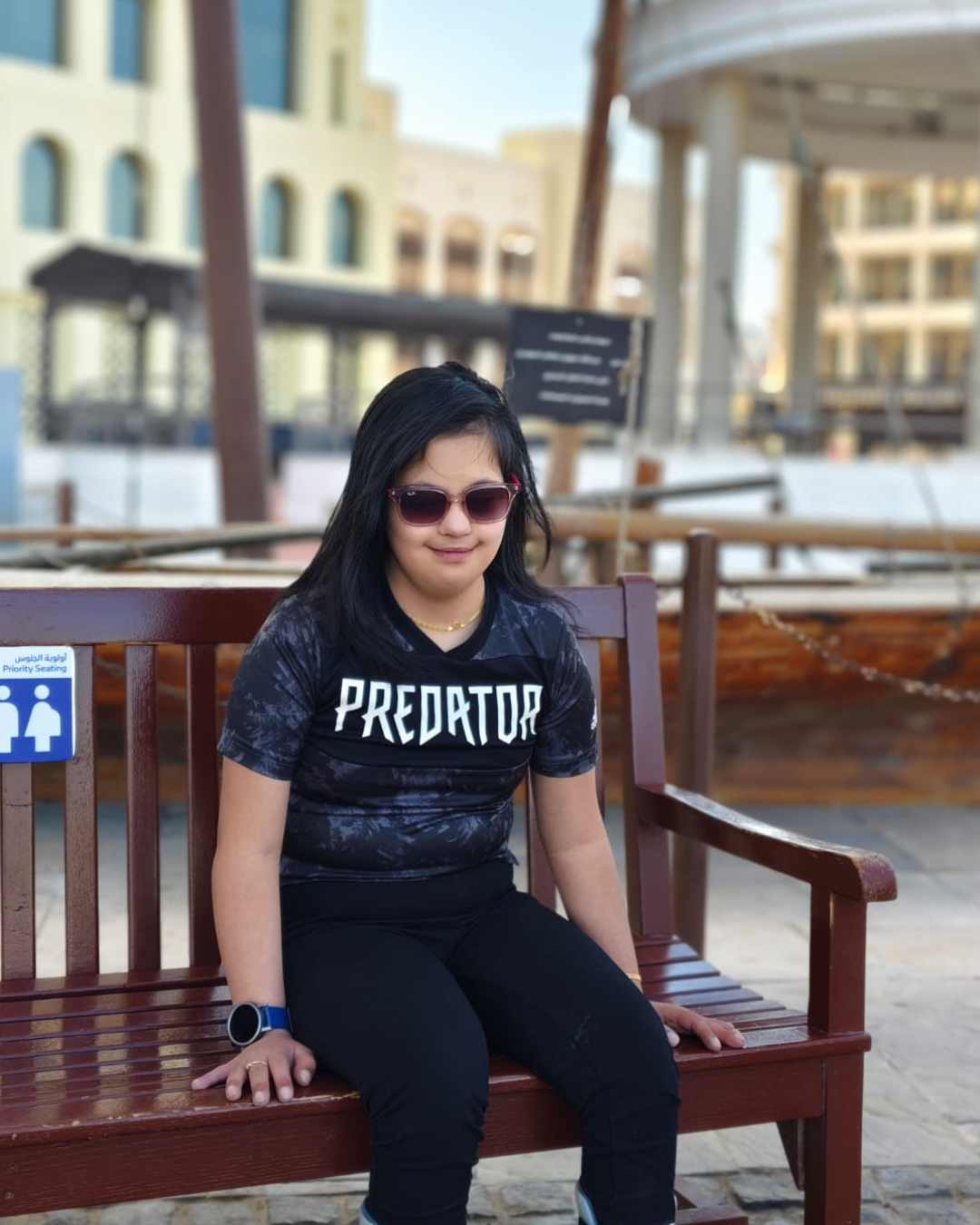
- Name: Yuto Gautam
- Date of birth: 2013/06/06
- Parents: Bandana Poudel, Lal Chandra Gautam
- Language: Nepali
- Hobbies: Watching tv, Playing games
Yuto's Challenges
Yutu is a 12-year-old girl has Down syndrome and a three-chambered heart. The following are the challenges she faces in her daily life:
Physical challenges
- Muscle weakness and ligamentous laxities
- Flat feet and everted foot, causing unequal weight distribution and knee pain.
- Poor posture and joint instabilities
- Limited walking endurance due to cardiac condition.
- Shortness of breath and high energy conservation
Mobility and Independence
- Difficulty walking for extended periods.
- Previously relied on a walker but has recently achieved limited independent walking for short durations.
- Physical fatigue restricting daily activities.
Social and Educational Barriers:
- Schools express reluctance to admit her due to her medical condition and the absence of supportive infrastructure.
- Dependence on others for mobility, restricting her engagement in educational and social activities.
- Lack of inclusive facilities in schools.
Emotional and Developmental Impact:
- Struggles to live a normal childhood due to physical limitations.
- Parents’ concern for her education and social inclusion.
Subject / Need(s)

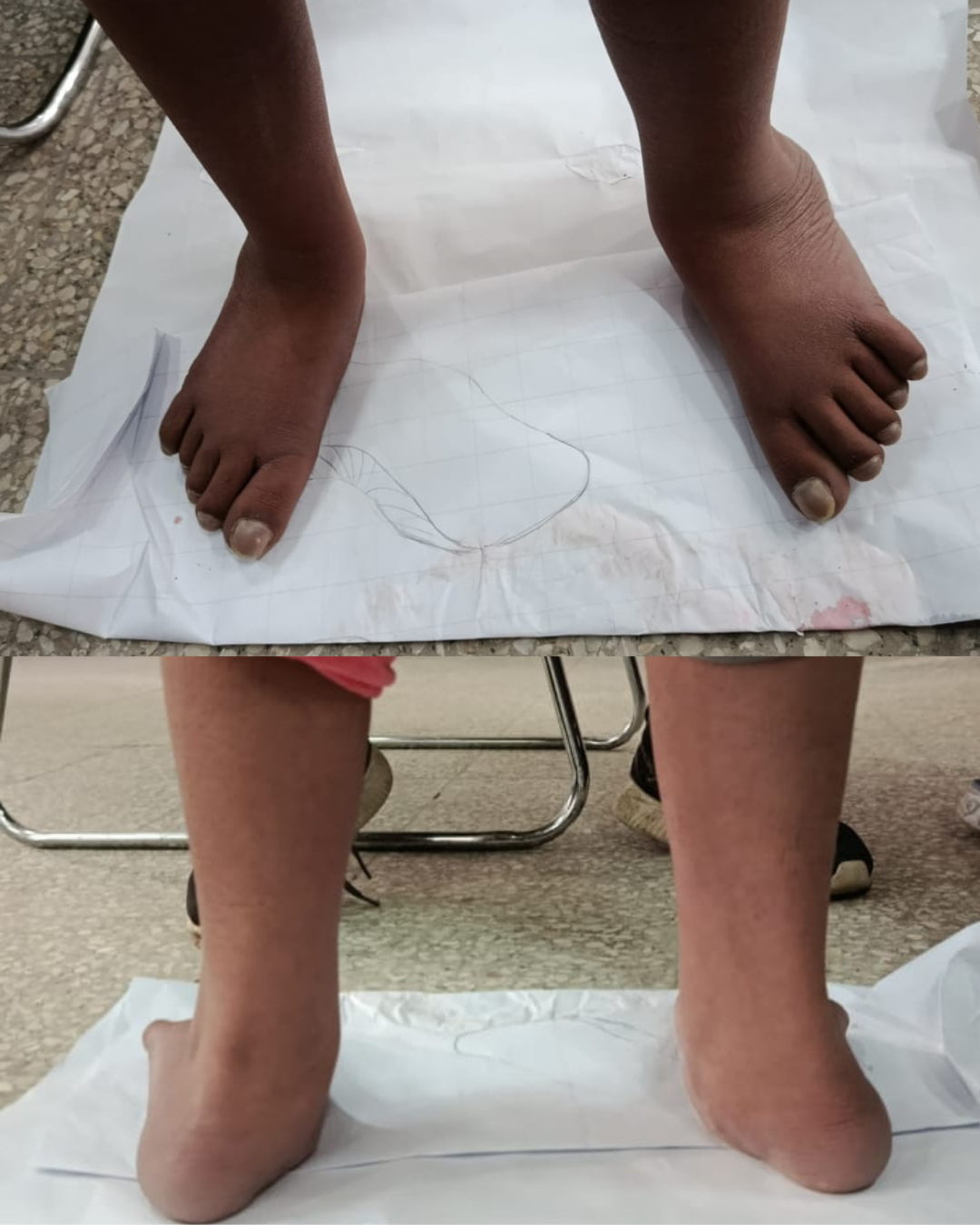
Yuto faces challenges with mobility, endurance, and joint stability due to her Down syndrome, three-chambered heart, flat feet, and ligamentous laxity. She requires assistive solutions to improve her walking ability, reduce fatigue, and enhance her participation in daily activities and education.
Idea(s)
Based on consultations with Yuto's parents, we identified that her current AFO ankle brace lacks proper ventilation around the ankle bone, leading to discomfort and potential irritation. To improve breathability and overall comfort, we propose the following design enhancements:
Arch Support Integration
Custom-Molded Arch Insole: Design tailored to Yuto's foot shape . It will support against laxative ligaments preventing from flat foot which developing Eversion of foot. It will help in joint alignment correction, shook absorption, energy conservation reduction and improve gait. Insole's CAD model
Enhanced Comfort
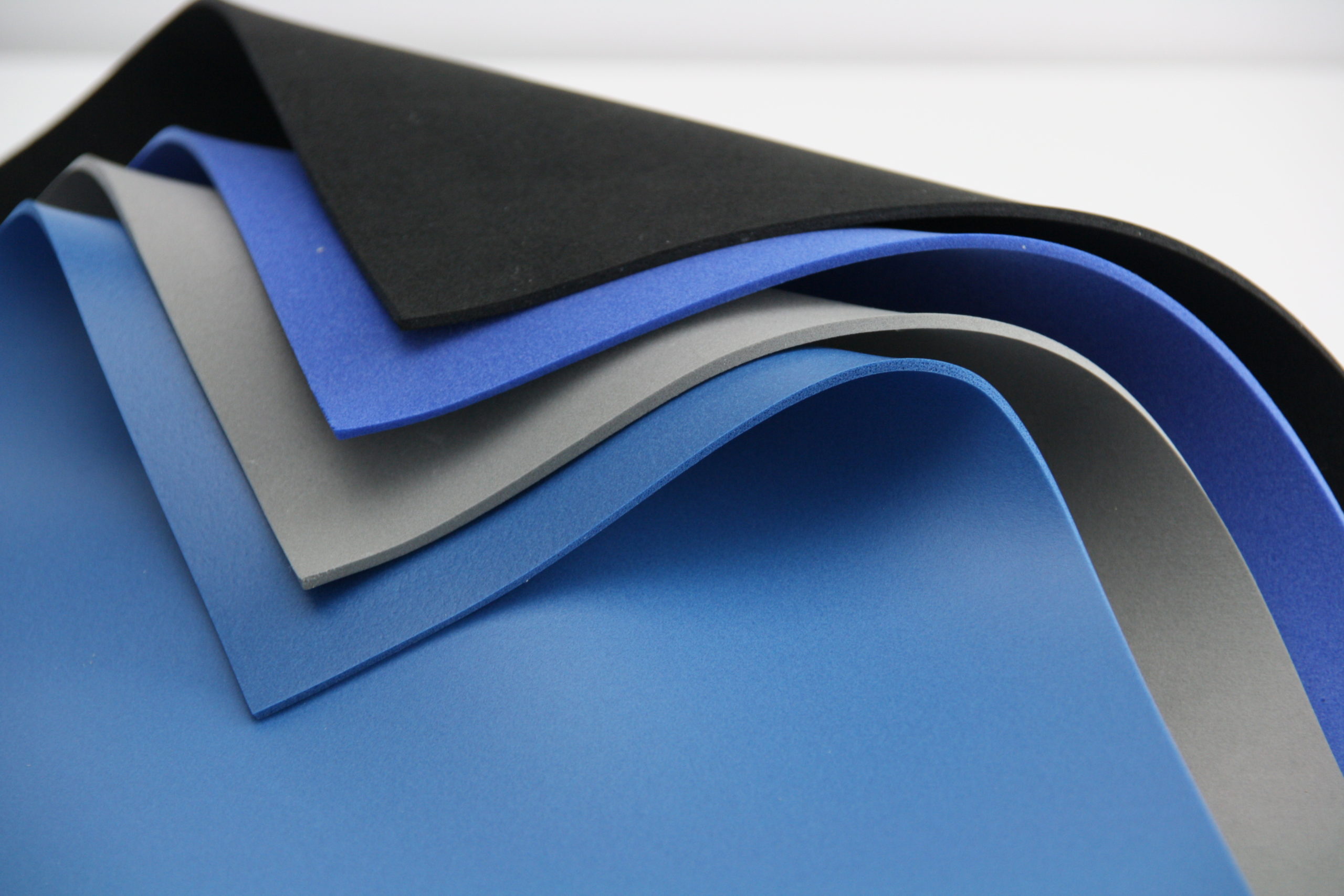
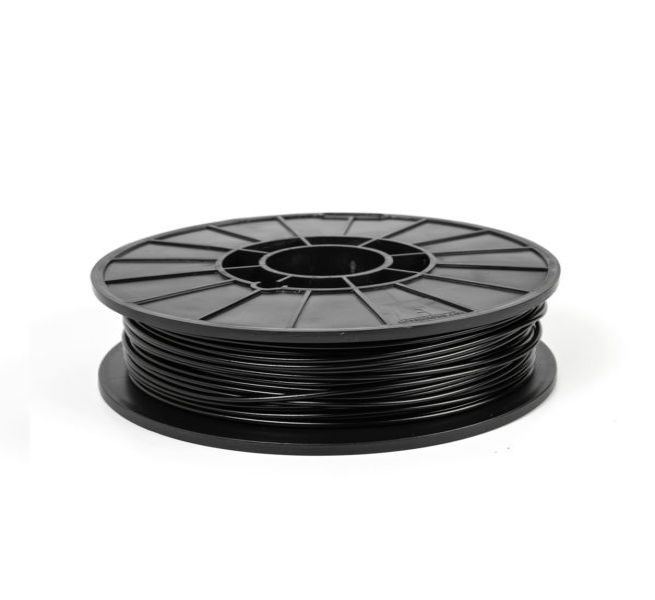
- Use TPU (Thermoplastic Polyurethane) for the arch support sole to provide flexibility, durability, and a snug fit.
- Incorporate EVA foam in key areas for maximum cushioning and comfort, reducing pressure points and fatigue.
Ankle Bone Cutout Design
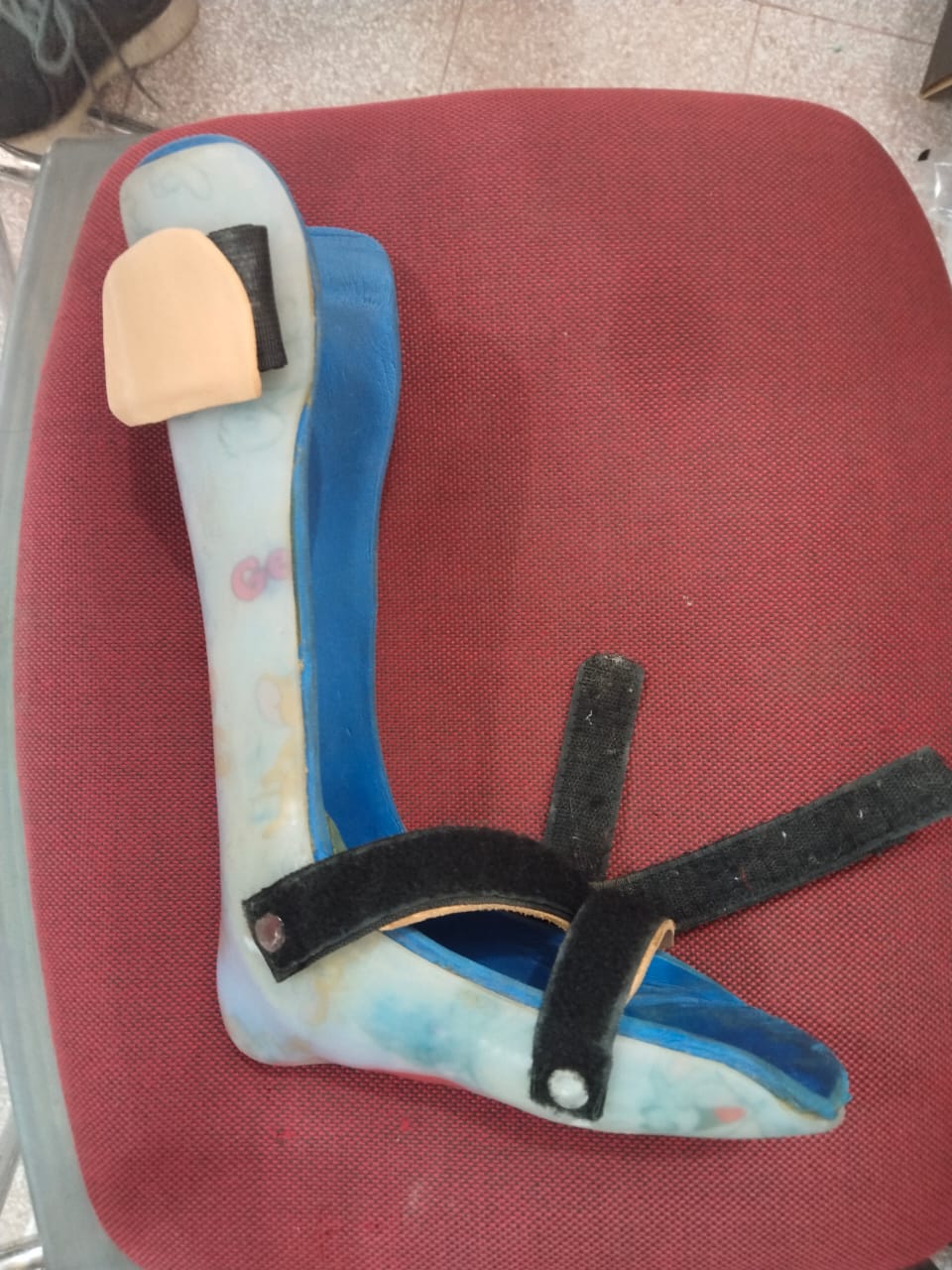

AFO with strategically placed holes around the ankle bone to improve airflow, reduce sweating, and enhance comfort while maintaining necessary support and stability. The design ensures that pressure points are minimized without compromising structural integrity.
Lightweight & Durable Material
Material: PLA – Chosen for its lightweight nature, strength.
Provides sufficient rigidity while keeping the brace breathable and comfortable.
Ensures a smooth, skin-friendly surface to prevent irritation.
This design prioritizes comfort, functionality, and breathability for daily wear.
Provides sufficient rigidity while keeping the brace breathable and comfortable.
Ensures a smooth, skin-friendly surface to prevent irritation.
This design prioritizes comfort, functionality, and breathability for daily wear.
Prototyping(s)
PHASE 1
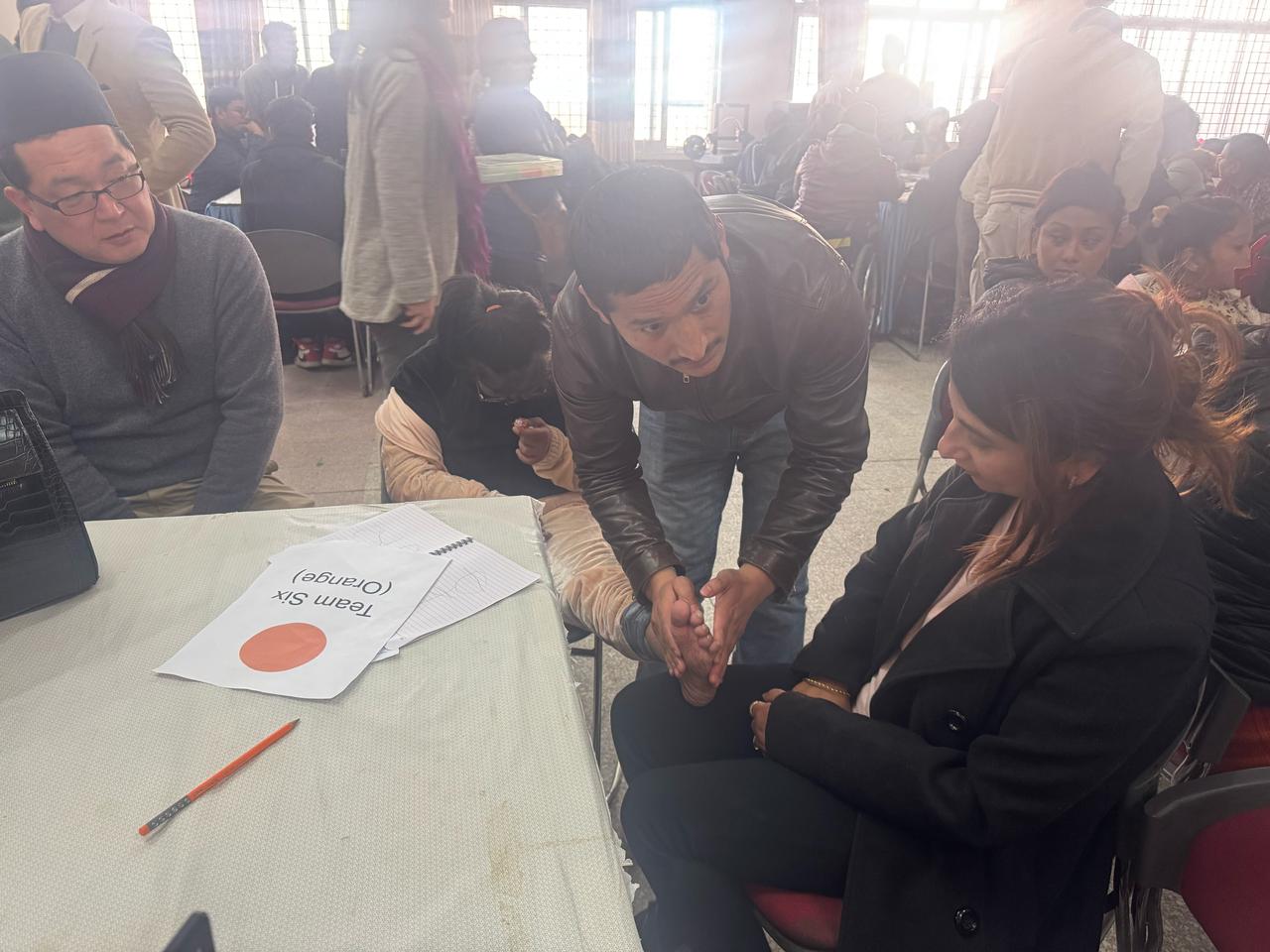
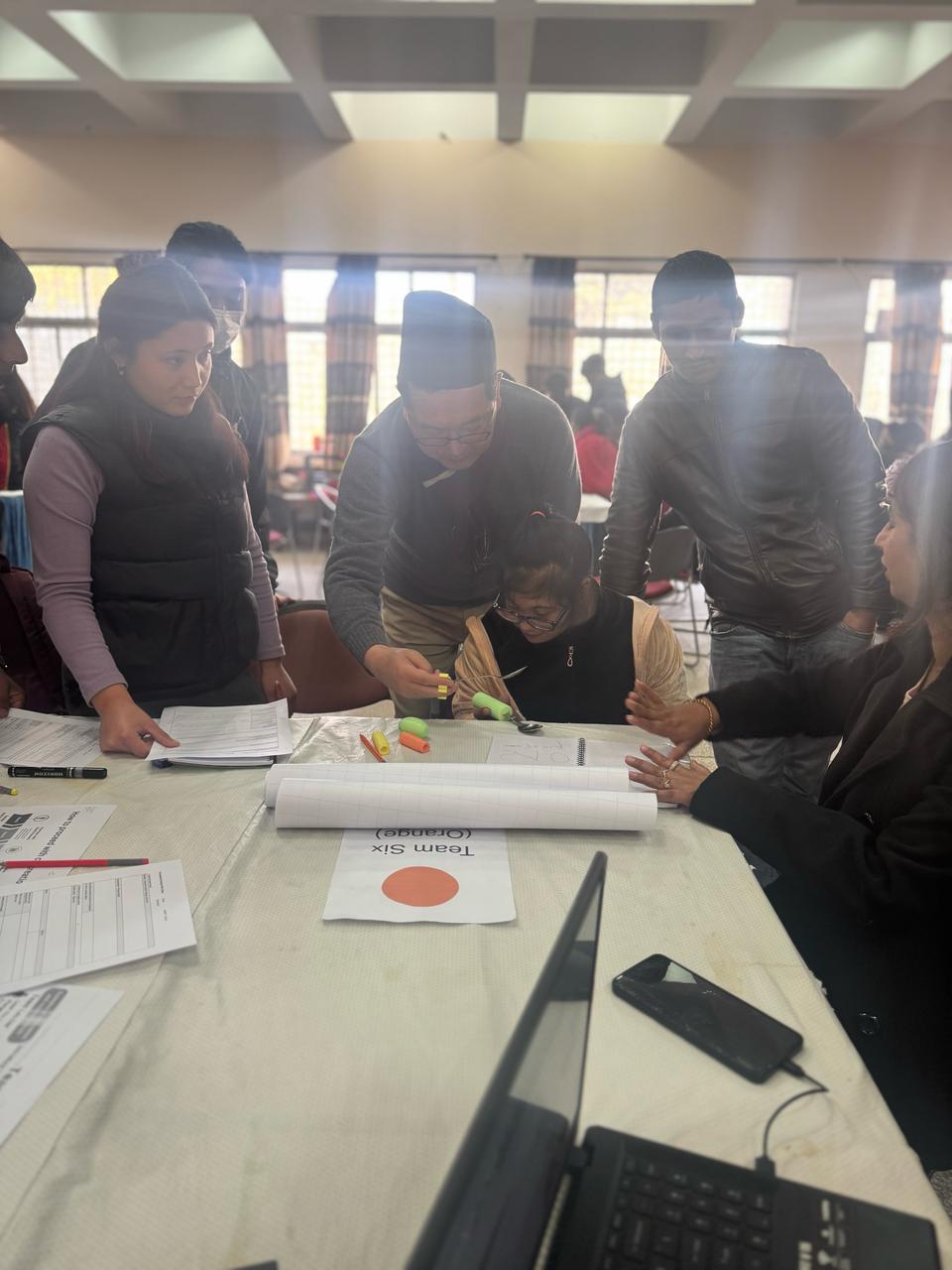
The first phase focuses on identifying the major challenge, which is the individual's difficulty with independent walking due to discomfort and instability.
Step 1: Identifying the Major Challenge
The need-knower struggled with independent walking due to discomfort and instability.
Step 2: Understanding the Cause of Walking Difficulties
Flat feet→ Lack of natural arch support, leading to inefficient weight distribution.
Foot eversion→ Outward rolling of the foot, reducing stability.
High energy consumption while walking→ Increased muscular effort.
Fatigue→ Due to inefficient gait mechanics. PHASE 2
Foot Assessment and Insole Design
This phase involves measuring foot dimensions to create a well-fitted insole for better support and stability.
This phase involves measuring foot dimensions to create a well-fitted insole for better support and stability.
Step 3: Foot Measurement Process
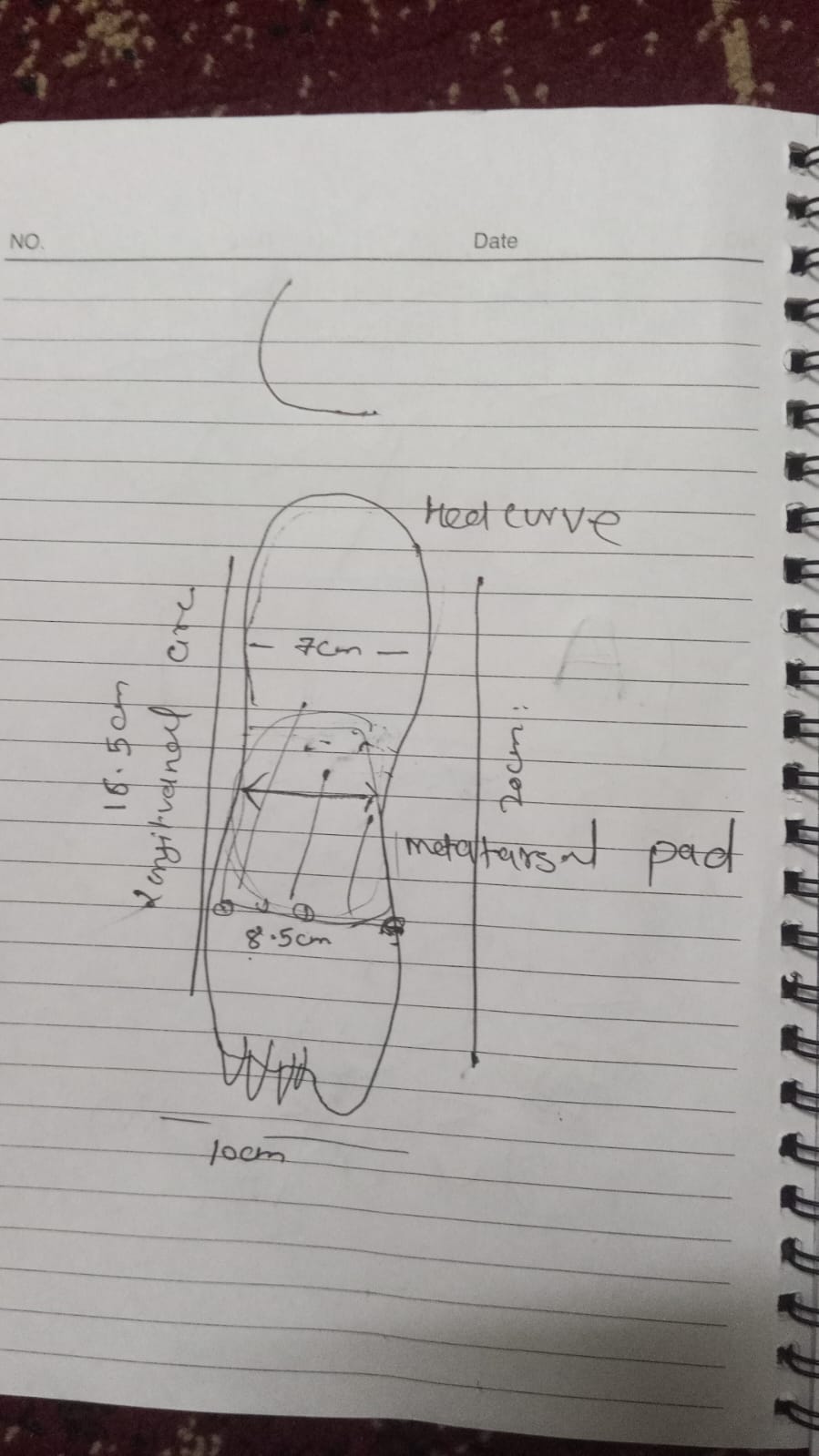
Measurements taken:
Medial and lateral length of the foot.
Plantar surface width (to determine the correct insole fit).
Arch height to ensure proper elevation support.
Tools used:
Measuring tape.
Pencil and paper
Step 4 : Planning the insole arch support
Materials selection:
Soft material (Silicone, TPU, or EVA foam) for the insole’s arch support.
Step 5 : Initial Sketch & Modeling
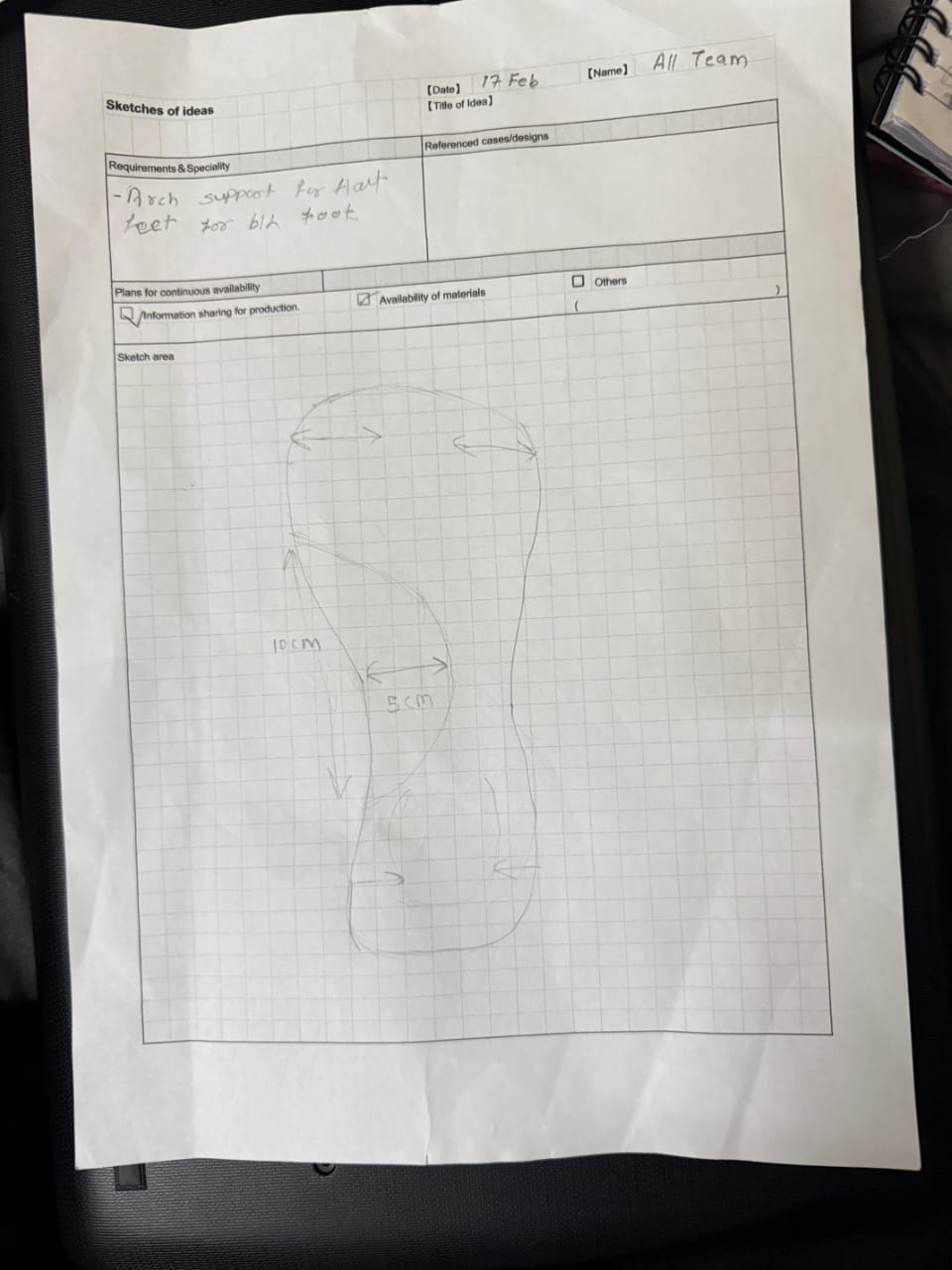
Created a hand sketch outlining:
Arch support curvature for proper weight distribution.
3D Design Software Used: SOLIDWORKS 2025
Step 6 : First Prototype & Modifications
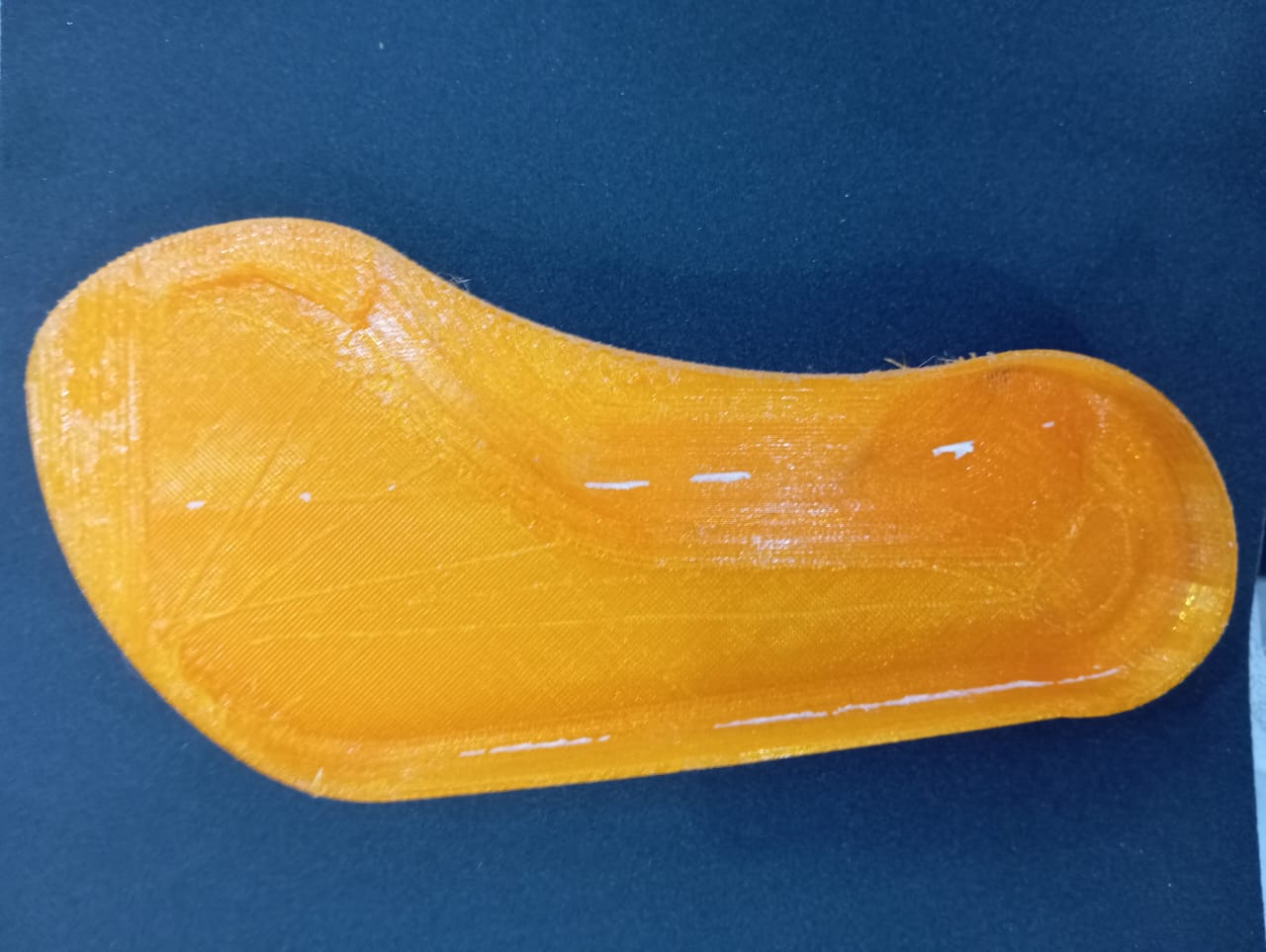
Issues Faced:
Excessive infill resulted in a harder-than-expected output material.
Infill : 55 %
Shock absorption property was not highlighted by this model as it was not soft and flexible as expected.
PHASE 3
Precision Refinement & Enhanced Comfort
Reassessing measurements and refining the CAD design to optimize insole flexibility and softness, ensuring a superior fit, improved cushioning, and enhanced user comfort.
Reassessing measurements and refining the CAD design to optimize insole flexibility and softness, ensuring a superior fit, improved cushioning, and enhanced user comfort.
Step 7: Foot measurement using clay mold
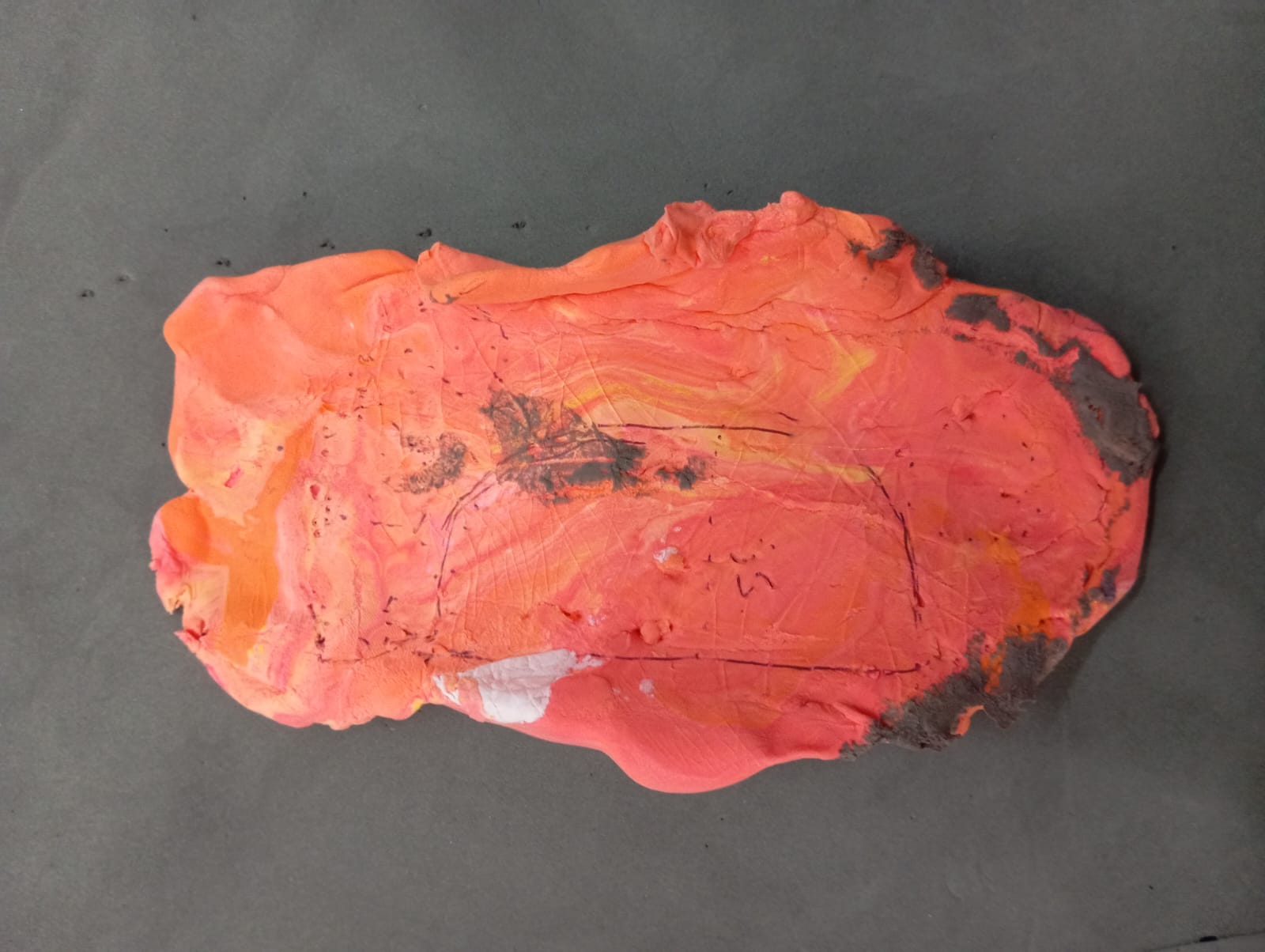
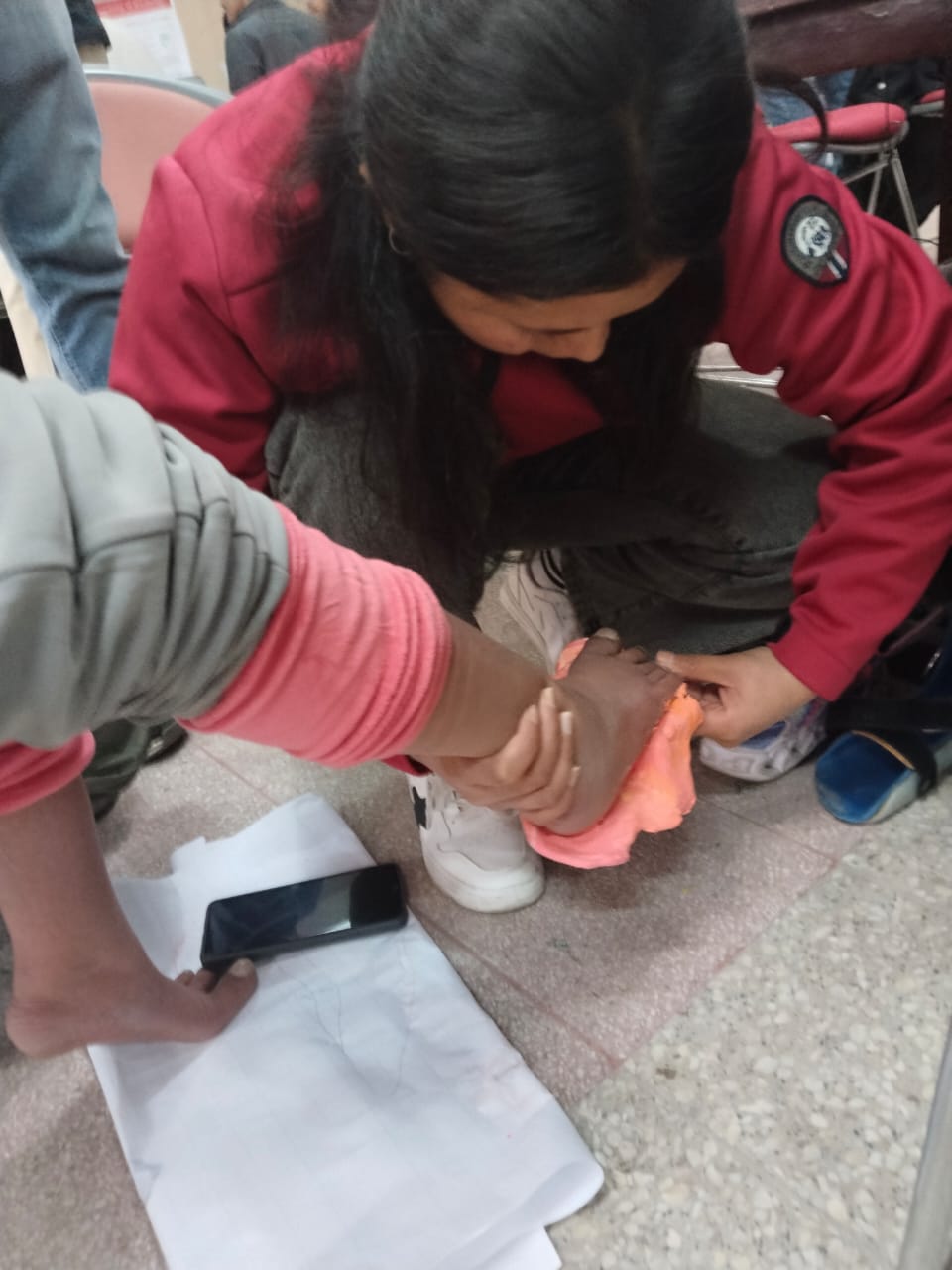
Created a clay impression of the need-knower’s foot for more precise shape replication.
Alternative: Used 3D foot scanning for a digital footprint but not worked.
Tools:
Moldable clay.
Measuring tape.
Marker.
Step 8 : Measured arch support area and height
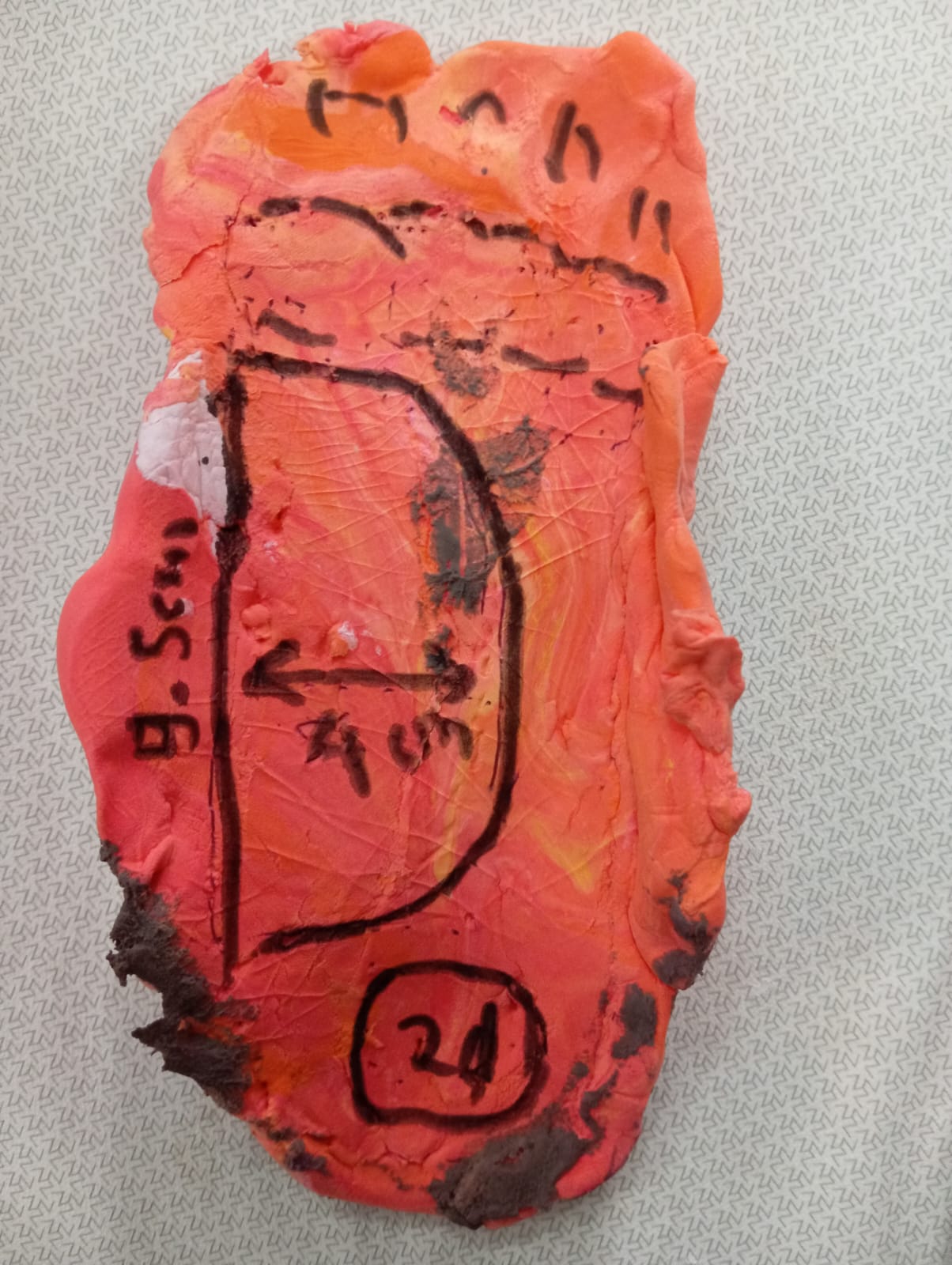
Measured the arch’s natural height and adjusted it based on comfort needs.
Defined key pressure points where additional support was needed.
Step 9 : Recreating the 3D model
Remade the cad design with new measurements
new CAD design
Software used: SOLIDWORK 2025
new CAD design
Software used: SOLIDWORK 2025
Step 10 : Fabrication & Softening Enhancement
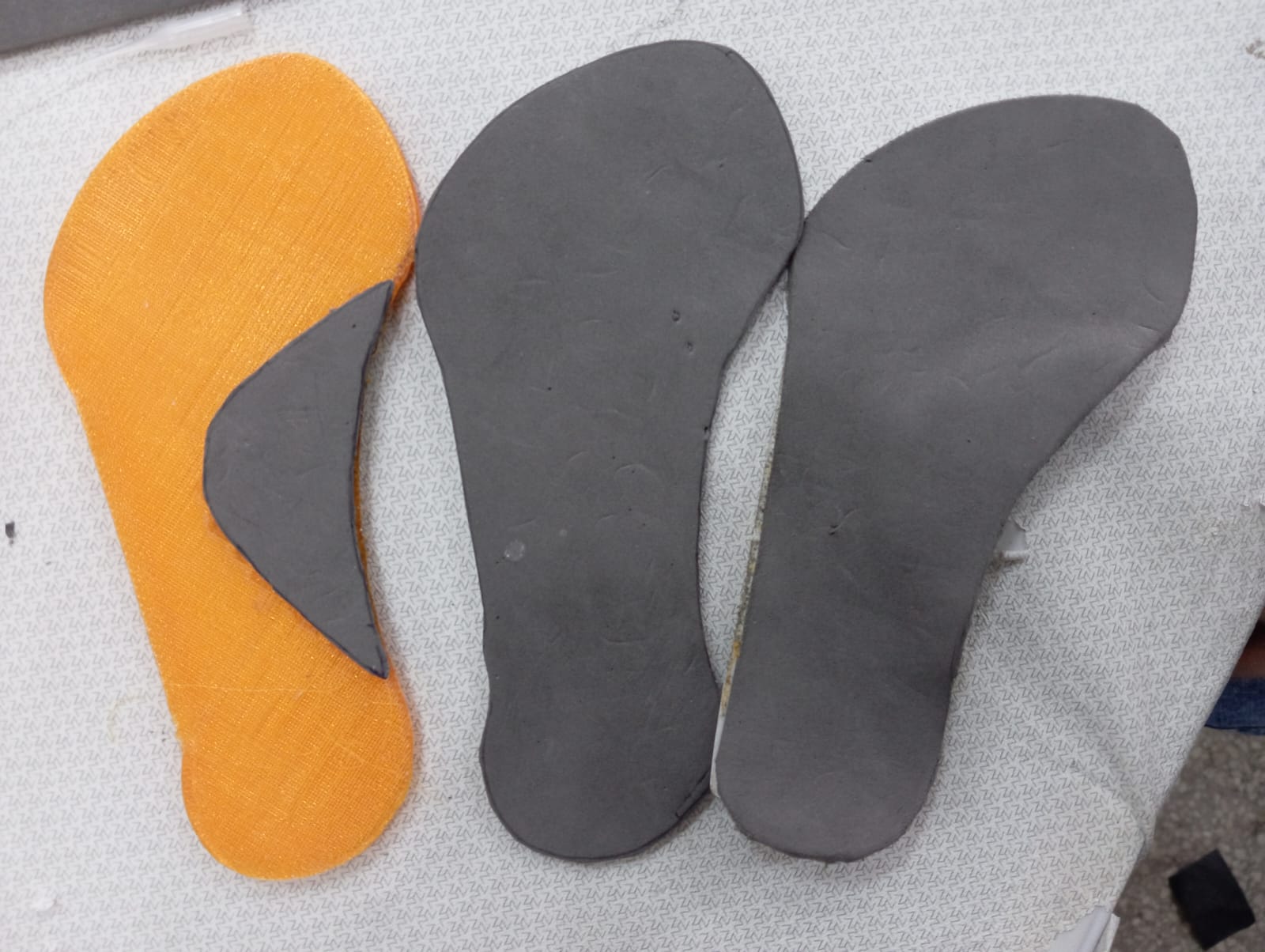
Produced the updated insole design using precise 3D printing technology.
Added EVA foam to enhance softness and wearability.
Ensured a seamless integration of materials for improved comfort and functionality.
Printer Used : Anycubic neo kobra 2
Added EVA foam to enhance softness and wearability.
Ensured a seamless integration of materials for improved comfort and functionality.
Printer Used : Anycubic neo kobra 2
Phase 4 : Ankle support development
Designed and 3D-printed a custom ankle support using precise measurements from the existing AFO to enhance stability and comfort.
Step 11 : Precision Modeling & Fabrication


Collected accurate measurements from the existing AFO.
Designed a precise 3D model of the ankle support.
3D printed the final design for testing and integration.
Ankle support CAD model
Designed a precise 3D model of the ankle support.
3D printed the final design for testing and integration.
Ankle support CAD model
Result(s)
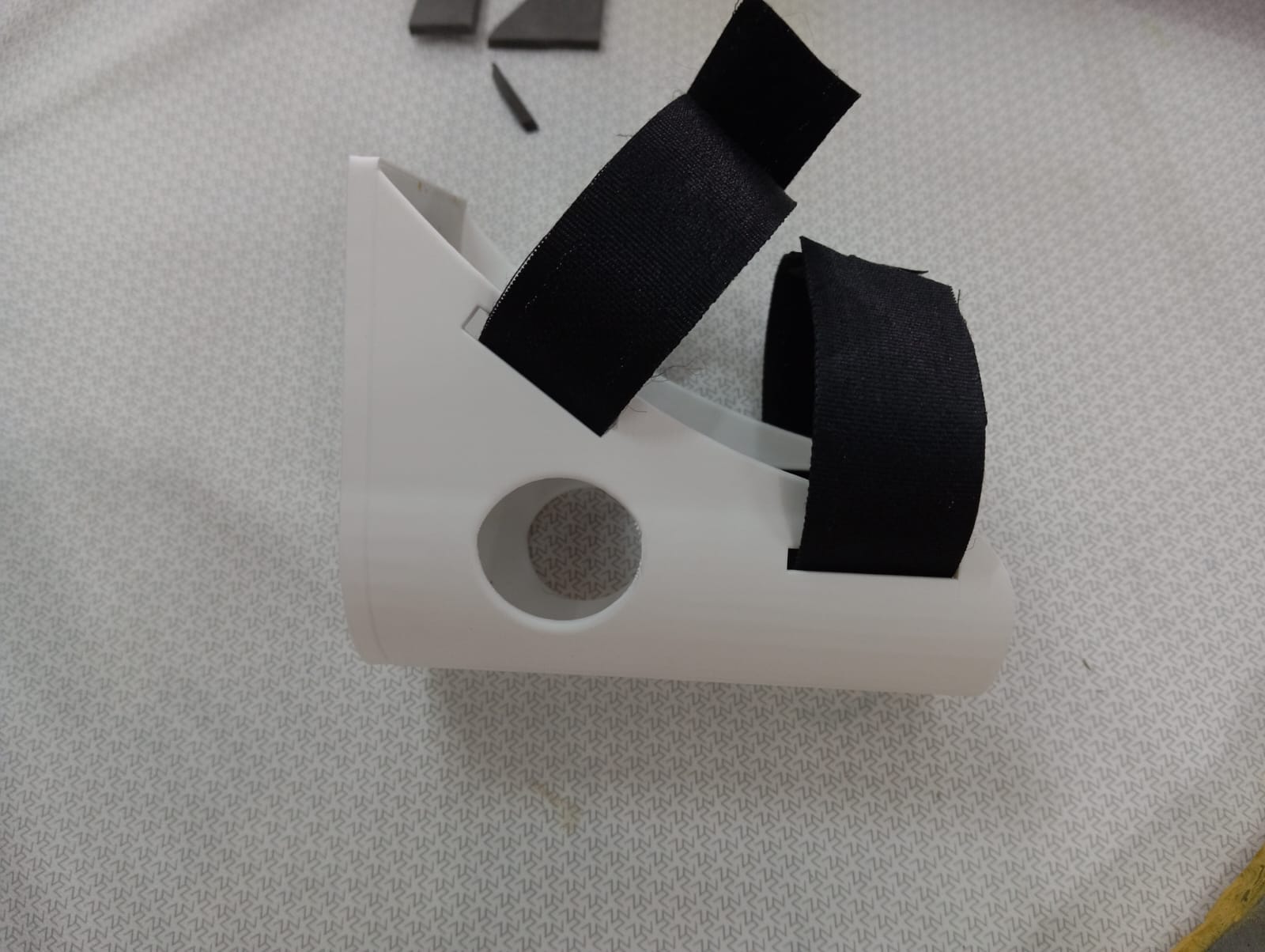
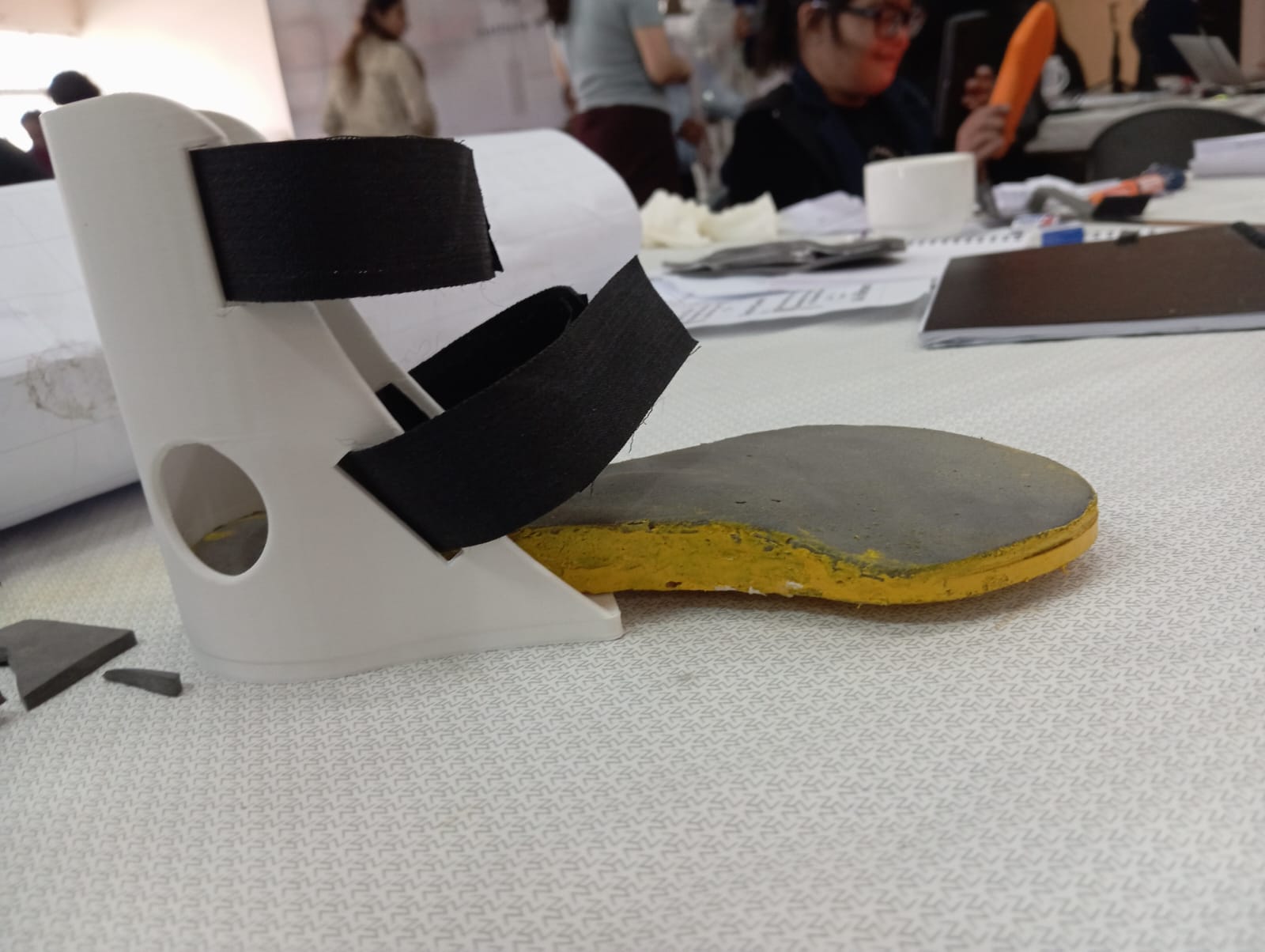
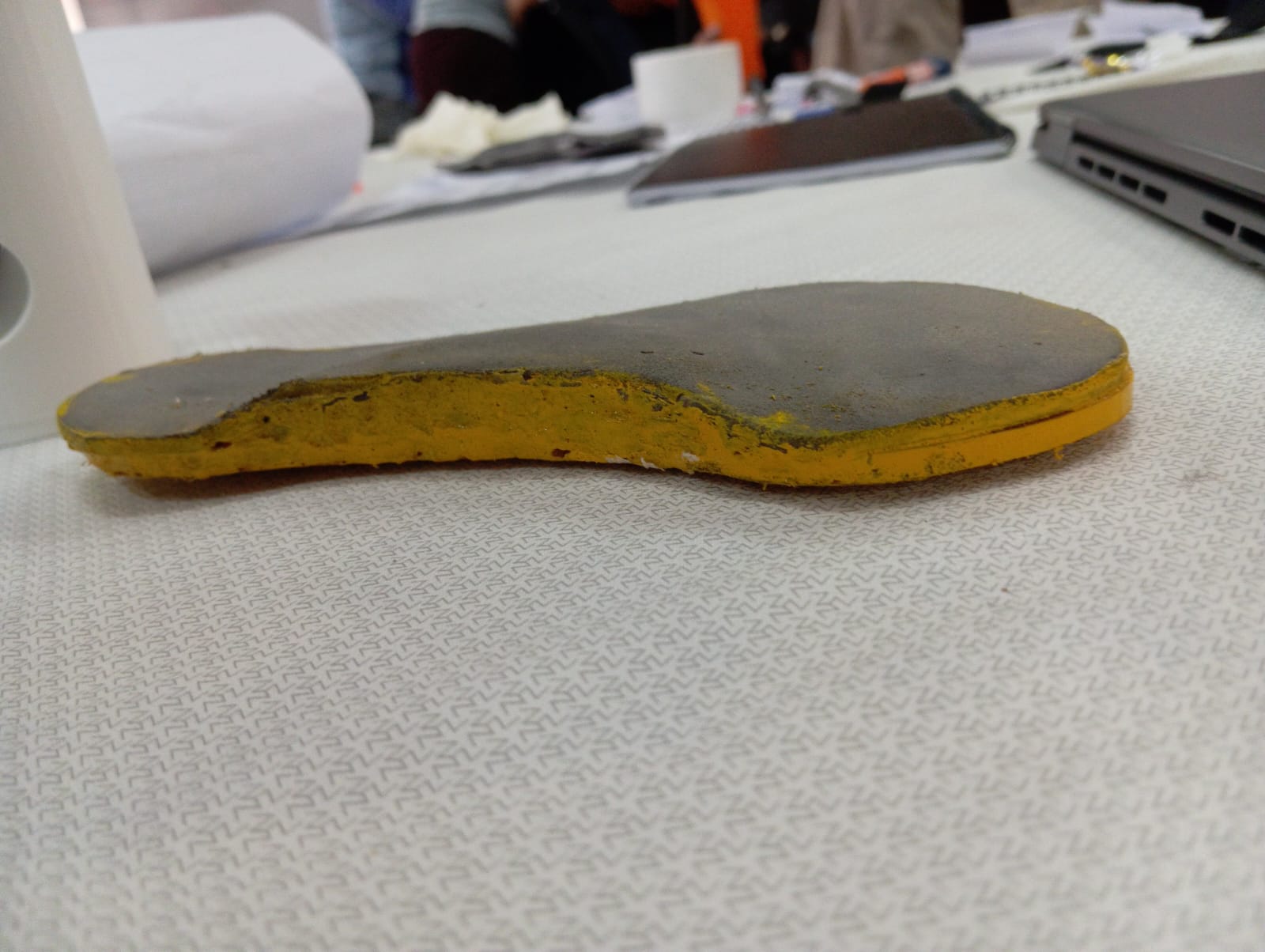
After testing the product on Yuto, both she and her mother expressed satisfaction, confirming that our design surpasses her previous model in comfort and functionality, making her happy with the result.
TESTING

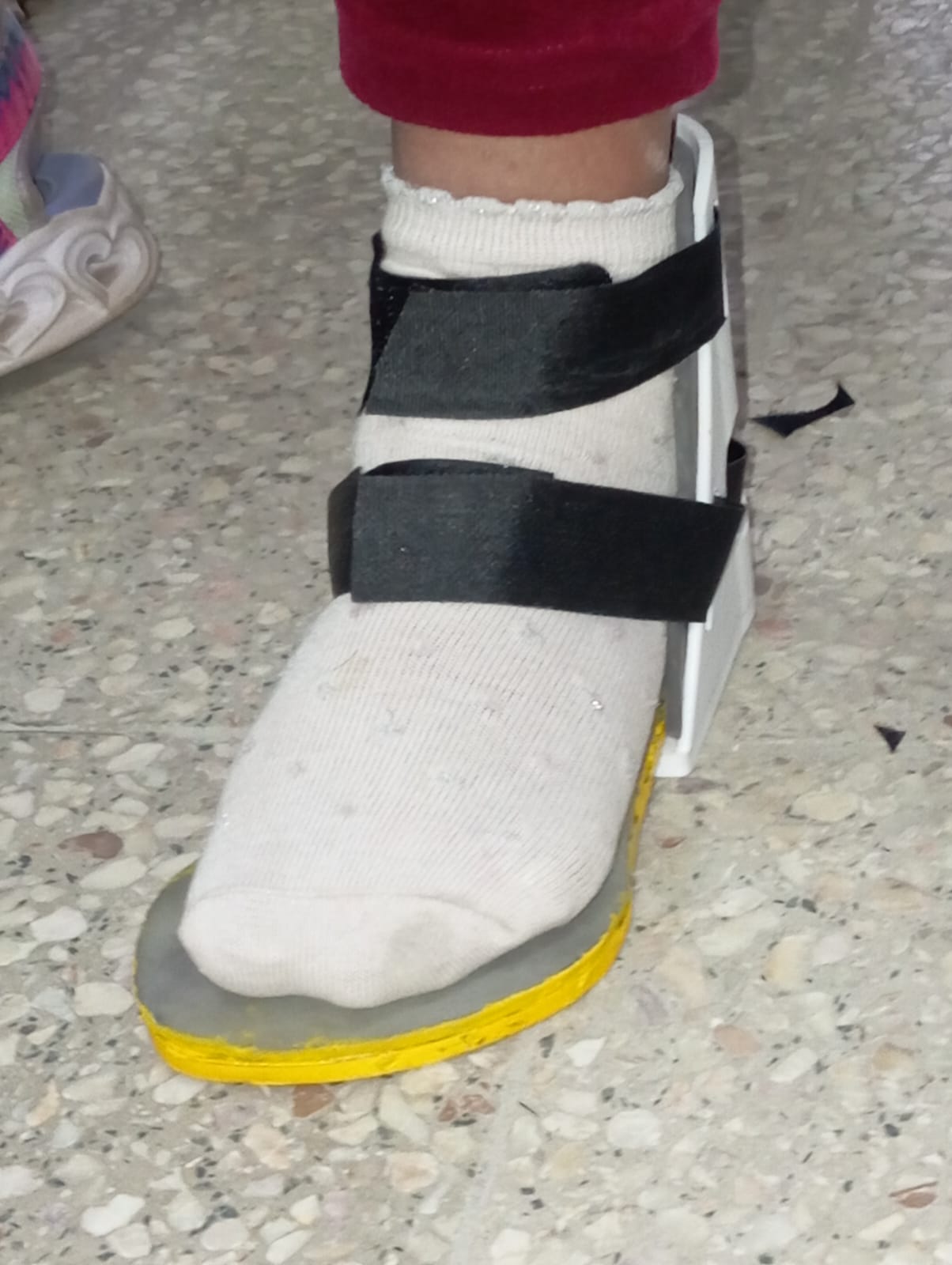
Before and After
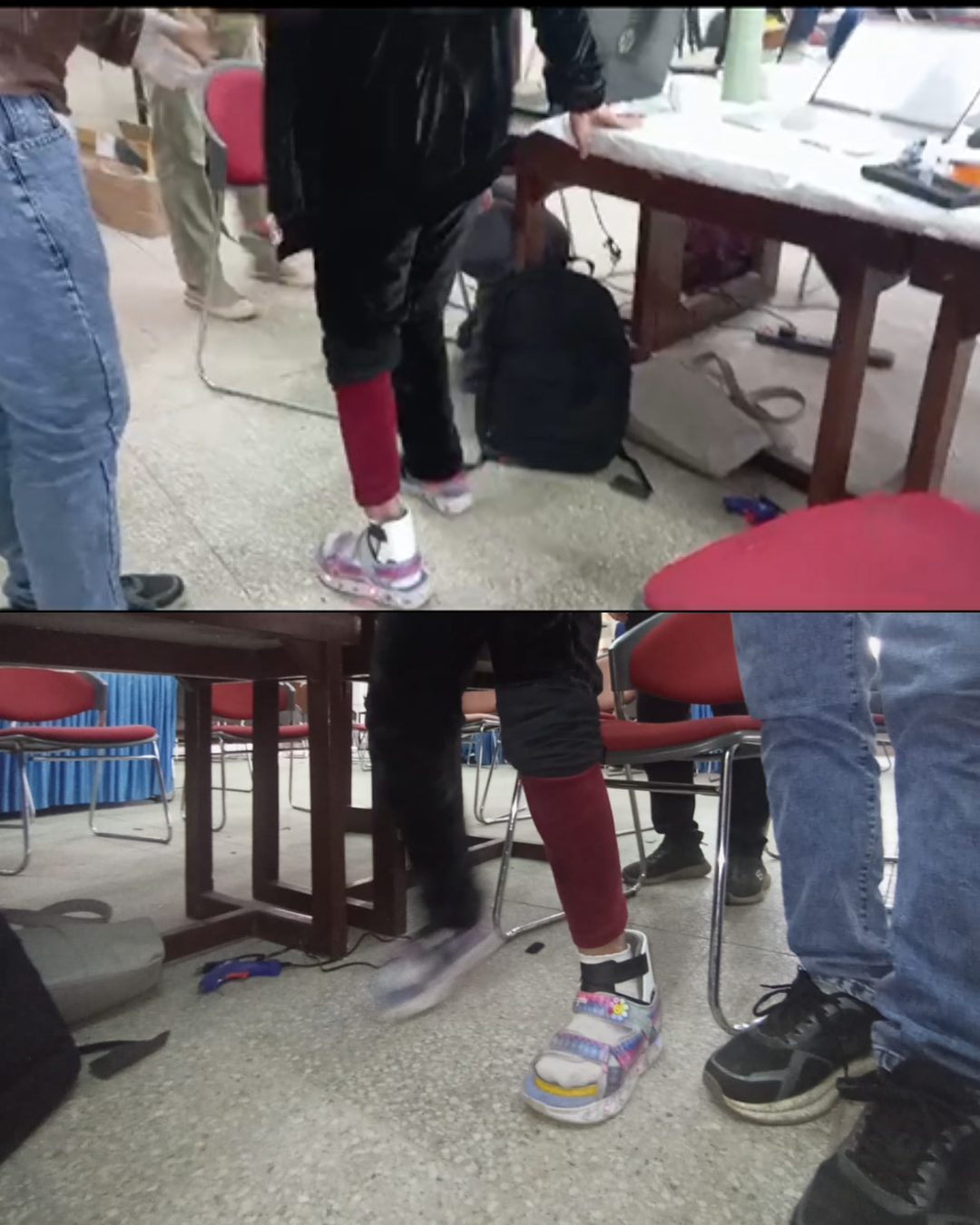

Future Prospect(s)
Ventilation Integration

Add pores/mesh in the posterior sections of the ankle support to improve airflow and reduce discomfort and increase wearability
Ergonomic Fitting & Design Refinement
Further research is needed to optimize ergonomic design, ensuring comfort and usability for diverse users.
Continuous improvement in material selection, weight distribution, and adjustability.
Long-Term Comfort & Durability Testing
Extensive real-world testing is required to evaluate user comfort, adaptability, and durability over time.
User feedback will be crucial for refining the design based on practical needs.
Sustainability & Eco-Friendly Materials
Development of sustainable materials and production methods to reduce environmental impact.
Focus on durability and recyclability to extend product lifespan and min
Key Challenges Addressed by F.A.I.T.H
These are the challenges that are addressed by the project
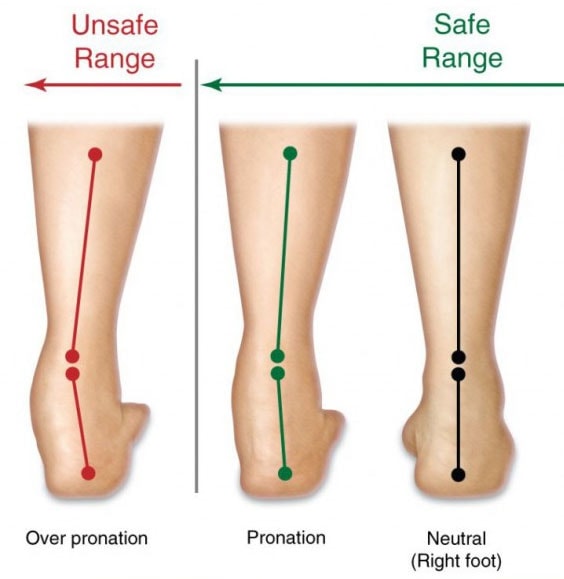
1. Flatfoot and Overpronation 2. Ankle Instability 3. Gait Abnormalities 4. Lack of Customization